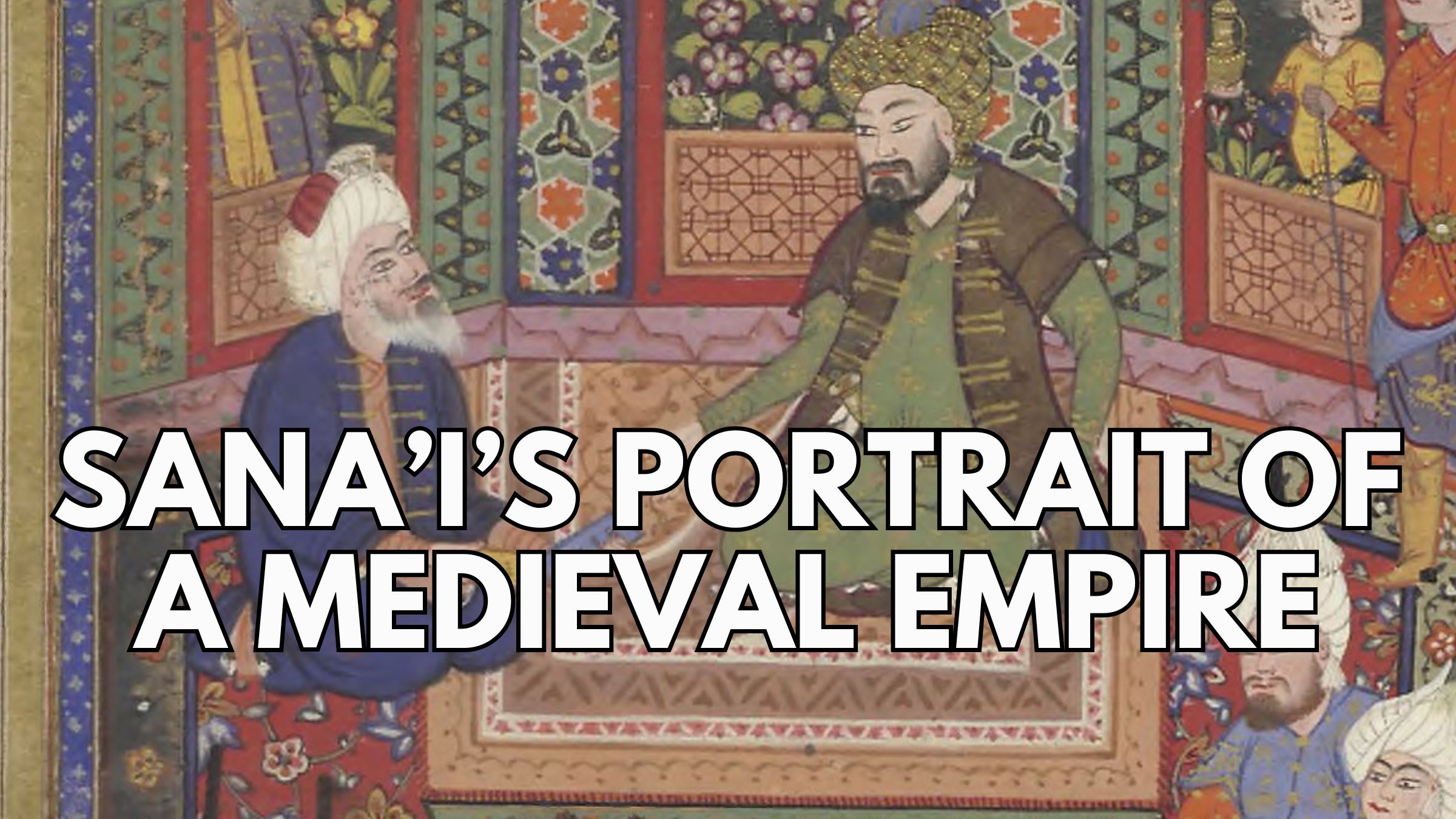
"In the late 10th century AD, a kingdom ruled by a formerly enslaved soldier emerged in the territory of today's Afghanistan. By the early 11th century, this kingdom was a veritable empire dominating parts of Iran, Afghanistan, Central Asia, today's Pakistan, and parts of northern India. Its magnificent capital was the city of Ghazna (modern Ghazni), now a small town in eastern Afghanistan, and so its rulers are known to historians as the Ghaznavids."
"One of the best-remembered Persian-language poets of the Ghaznavid Empire was 'Abul Majd Majdud ibn Adam (1080-1131/41), better known by his pen-name Sana'i, and respectfully as Hakim ('the wise') Sana'i. Sana'i is famed for his contributions outside the genre of courtly poetry, especially his mystical verses. These deal with a number of complex themes, though one common to much mystic poetry is a rejection of the material world:"
The Ghaznavid Empire emerged in the late 10th century under a formerly enslaved soldier and grew into a major power across Iran, Afghanistan, Central Asia, Pakistan, and northern India, with Ghazna as its capital. Court culture prized poetry, and Persian increasingly replaced Arabic at elite courts. 'Abul Majd Majdud ibn Adam (1080–1131/41), known as Sana'i or Hakim Sana'i, wrote both courtly and mystical poetry. His mystic verses emphasize spiritual wisdom and often reject the material world. Sana'i maintained ties to royal patrons such as Sultan Bahram Shah while composing works that praise rulers and satirize scholars, courtiers, and the city itself.
Read at Medievalists.net
Unable to calculate read time
Collection
[
|
...
]